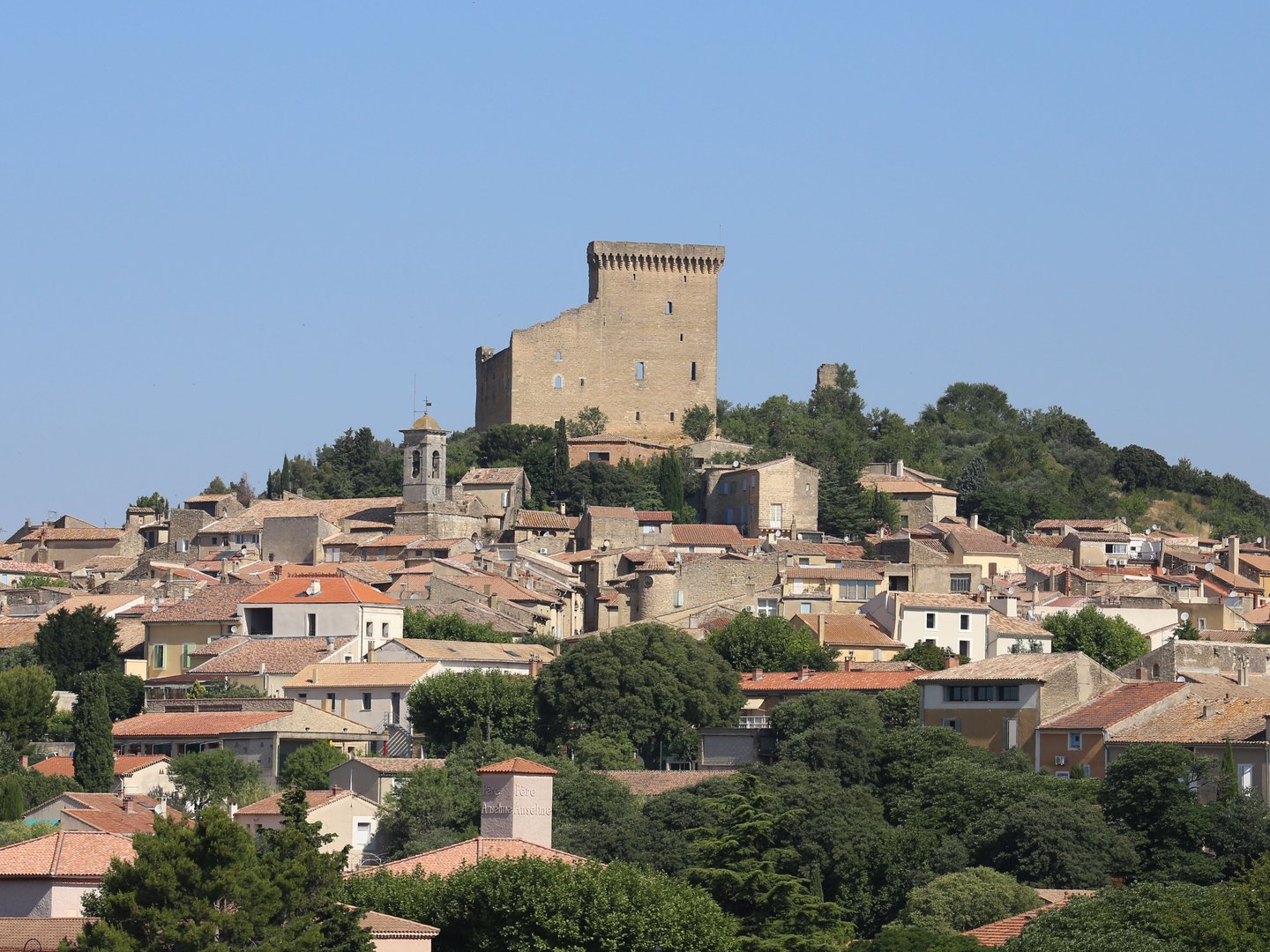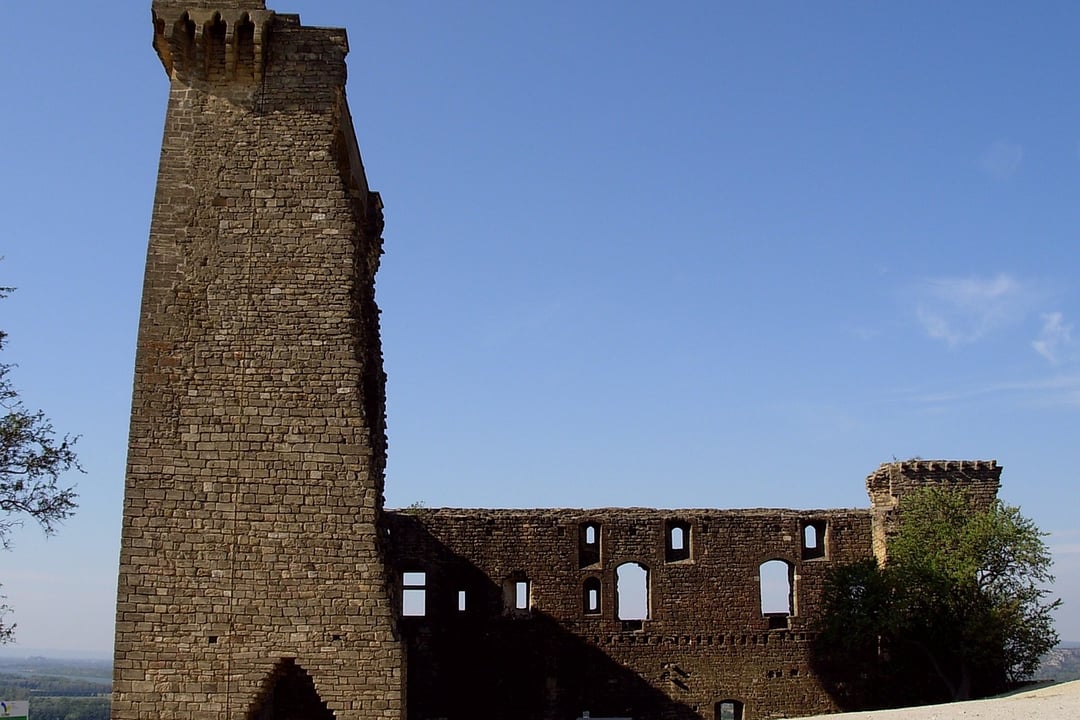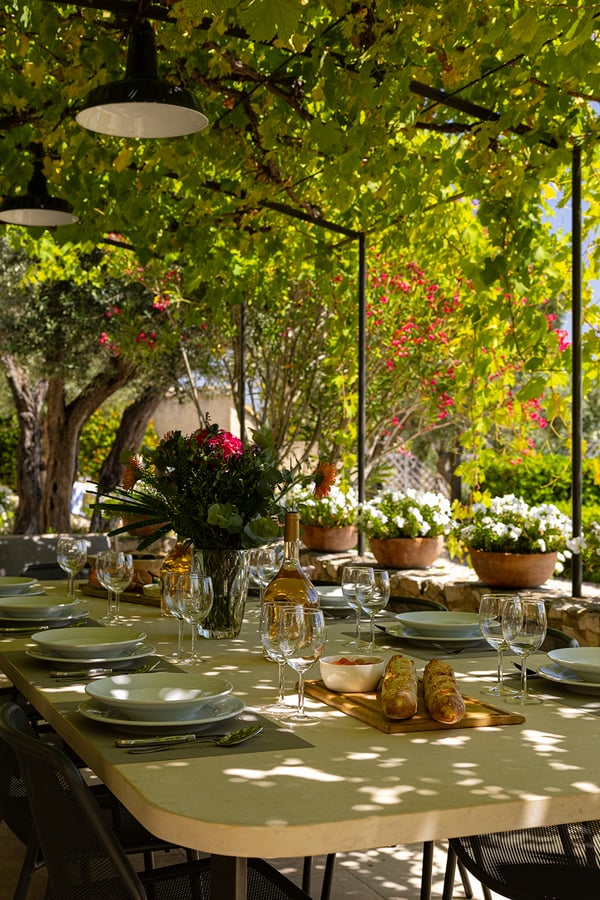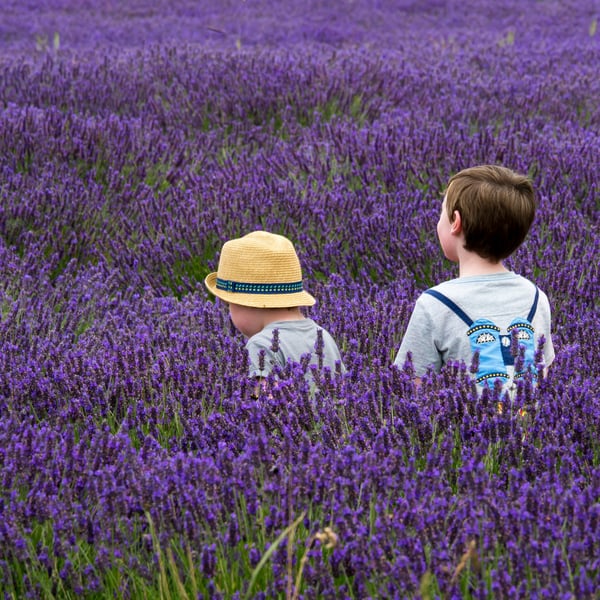The top villages to visit in Châteauneuf-du-Pape for delicious wine
The heart of the wine region, this village is known for its historic ruins of the Papal summer palace and numerous prestigious wineries. It's a must-visit for wine enthusiasts looking to explore cellars and taste some of the world’s finest wines.
Gigondas - Famous for its robust red wines, Gigondas is a picturesque village with terraced vineyards and scenic views. Visitors can enjoy wine tastings, explore local cellars, and take walks through the beautiful surrounding landscapes.
Vacqueyras - Another renowned wine-producing village, Vacqueyras offers a quieter alternative to the more famous wine villages. Its historic streets, charming squares, and excellent wines make it a delightful stop for visitors.
Cairanne - Known for its high-quality wines, Cairanne is a charming village with a rich history and beautiful views over the Rhône Valley. It’s a great place to explore the local wine culture and enjoy the peaceful Provençal atmosphere.
Beaumes-de-Venise: - This village is famous for its sweet Muscat wine and its picturesque setting at the foot of the Dentelles de Montmirail mountains. The historic center, with its narrow streets and ancient buildings, is perfect for a leisurely stroll.
Each of these villages offers a unique glimpse into the rich wine region, history and beauty of the Châteauneuf-du-Pape, making them worthwhile stops on any visit.
What is the region known for?
Châteauneuf-du-Pape, in the heart of the Rhône Valley, is renowned for its unique terroir and world-class wines. This historic region is characterised by its distinctive, pebbly vineyards that benefit from the Mediterranean climate, producing robust and complex red wines. The area is dominated by the ruins of the Papal summer palace, and offers a rich blend of medieval history and Provencal charm. Visitors can explore numerous prestigious wineries, enjoy wine tastings, and stroll through the quaint streets lined with traditional stone houses. The region's unique combination of natural beauty, historical significance, and exceptional viticulture makes Châteauneuf-du-Pape a must-visit destination for wine enthusiasts and history enthusiasts alike.
Where to stay in Châteauneuf-du-Pape and surroundings
Provence Holidays presents an extensive range of holiday rentals in Haut Vaucluse, featuring the most beautiful villas, cottages, farmhouses, and village houses in the area. Enjoy properties with pools, stunning views, and beautiful gardens in idyllic locations such as Uchaux, Châteauneuf-du-Pape, Gigondas, Vacqueyras, Tavel, Lirac, and Orange.
When to go in Châteauneuf-du-Pape and surroundings
Getting to Châteauneuf-du-Pape and surroundings
Reaching Châteauneuf-du-Pape is quite simple. For those flying, the nearest major airport is Avignon-Provence Airport, located about 30 kilometers away, compared to Marseille Provence Airport which is around 100 kilometers away. If you prefer traveling by train, the Avignon TGV station, well-connected to cities like Paris, Lyon, and Marseille, is just 20 kilometers away. From both the airports and the train station, renting a car or taking a taxi offers direct and convenient transfers. If you want to enjoy a scenic drive there are straightforward routes from Avignon via the D225 road and from Marseille along the A7 motorway. Additionally, regional bus services connect Avignon with Châteauneuf-du-Pape, providing another easy travel option.
Useful information about Châteauneuf-du-Pape
Châteauneuf-du-Pape is both a prestigious wine appellation and a charming village located in the southern Rhône Valley of France. Here is some useful information about both the wine and the village:
Châteauneuf-du-Pape Wine
1. Appellation:
- Châteauneuf-du-Pape is one of the most renowned wine regions in France, known for its robust red wines and distinctive bottles embossed with the papal crest.
2. Grapes:
- The wine can be made from up to 13 different grape varieties, with Grenache, Syrah, and Mourvèdre being the most common. Others include Cinsault, Counoise, Muscardin, Vaccarèse, and Terret Noir.
3. Characteristics:
- Red Châteauneuf-du-Pape wines are known for their rich, full-bodied flavor with notes of dark fruits, herbs, and spices. The wines often have a high alcohol content due to the warm climate.
- There are also white Châteauneuf-du-Pape wines, which are less common and typically exhibit flavors of stone fruits, citrus, and floral notes.
4. Terroir:
- The region's terroir is characterized by its unique galets roulés (large, rounded stones) that cover the vineyards. These stones retain heat during the day and release it at night, aiding in the ripening of the grapes.
5. Regulations:
- Châteauneuf-du-Pape has strict production regulations to ensure quality, including limits on yields and minimum alcohol content.
The Village of Châteauneuf-du-Pape
1. Location:
- The village is situated in the Vaucluse department in the Provence-Alpes-Côte d'Azur region of southeastern France, near Avignon.
2. History:
- The name "Châteauneuf-du-Pape" translates to "New Castle of the Pope," reflecting its historical connection to the Avignon papacy in the 14th century when the Popes resided in Avignon.
3. Sights:
- The ruins of the Pope's summer palace, the Château des Papes, are a key attraction, offering panoramic views of the vineyards and the Rhône Valley.
- The village itself is picturesque, with narrow winding streets, old stone houses, and charming squares.
4. Wine Tourism:
- Châteauneuf-du-Pape is a popular destination for wine enthusiasts. Many wineries offer tours and tastings, allowing visitors to experience the wine-making process and sample the region's famous wines.
5. Events:
- The village hosts several wine-related events and festivals throughout the year, including the annual "Fête de la Véraison" in August, which celebrates the ripening of the grapes with medieval reenactments, music, and, of course, wine.
6. Gastronomy:
- Local cuisine is robust and flavorful, often featuring regional specialties such as ratatouille, Provençal stews, and dishes flavored with garlic, olive oil, and herbs de Provence. These dishes pair beautifully with Châteauneuf-du-Pape wines.
Visiting Tips
- Best Time to Visit: Spring (April to June) and fall (September to October) offer pleasant weather and fewer tourists. The harvest season in September can be particularly interesting.
- Accommodation: Staying in a local vineyard can provide a unique and immersive experience.
- Transportation:Renting a car is recommended for exploring the surrounding wine country and other nearby attractions in Provence.
Whether you're a wine lover or simply looking to explore a beautiful and historic village, Châteauneuf-du-Pape offers a delightful blend of culture, history, and gastronomy.
Châteauneuf-du-Pape and surroundings: our types of villas
- Luxury holiday rentals walking distance to the village in Châteauneuf-du-Pape and surroundings
- Luxury holiday rentals with air conditioning in Châteauneuf-du-Pape and surroundings
- Luxury villa rentals with a private tennis court in Châteauneuf-du-Pape and surroundings
- Luxury dog friendly villa rentals in Châteauneuf-du-Pape and surroundings
- Holiday rentals in in countryside in Châteauneuf-du-Pape and surroundings
- Family villas and child friendly holiday rentals in Châteauneuf-du-Pape and surroundings
- Large holiday rentals in Châteauneuf-du-Pape and surroundings












































































































